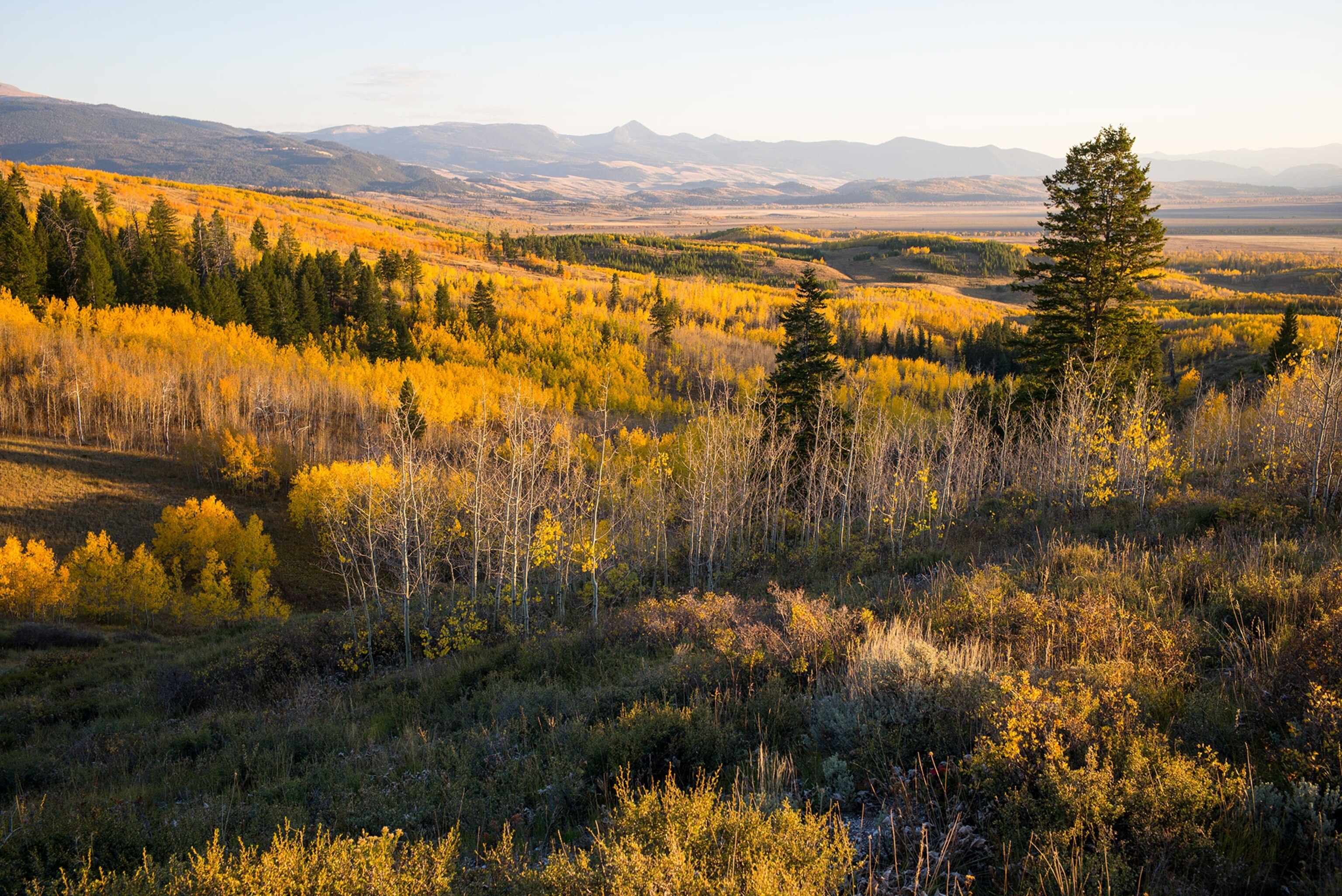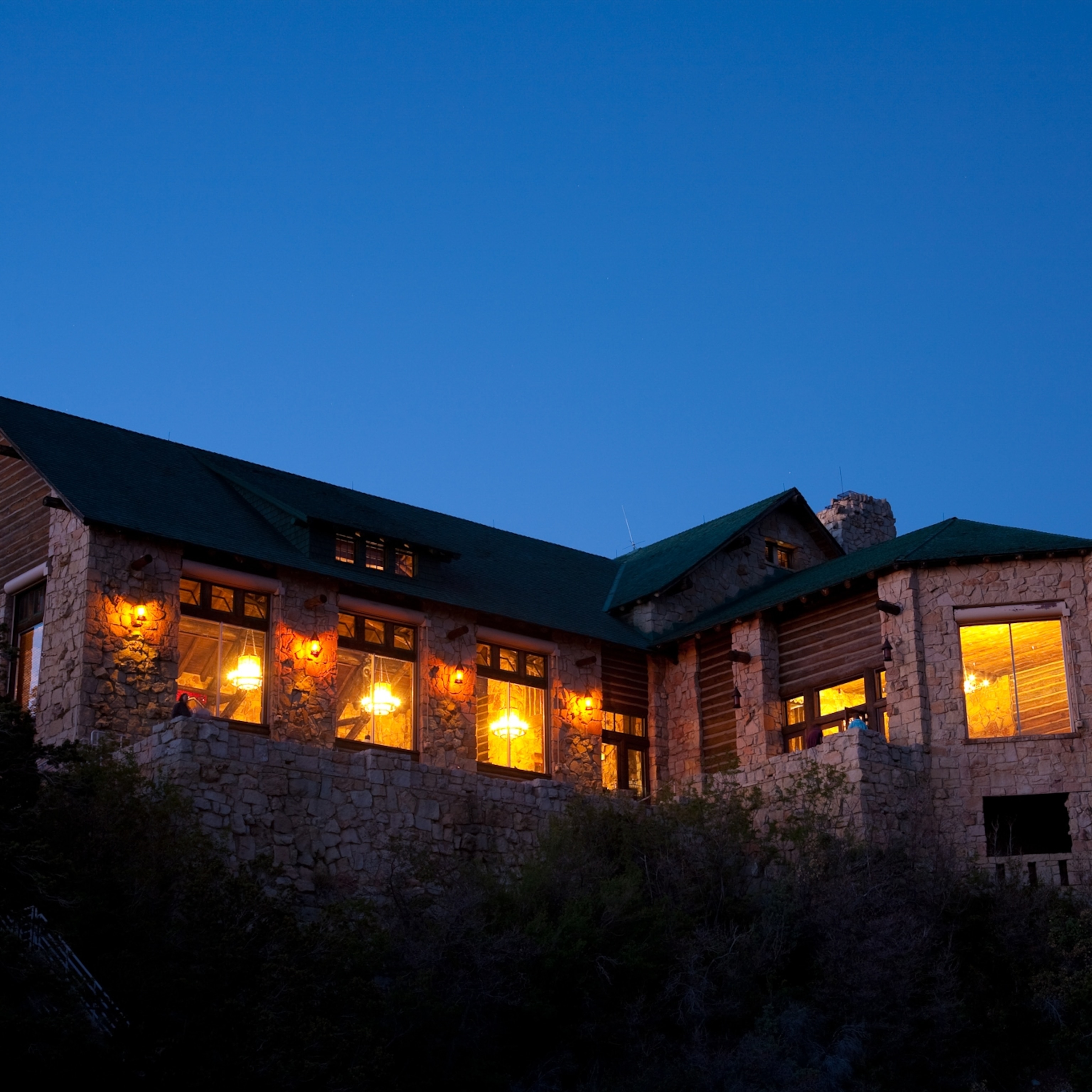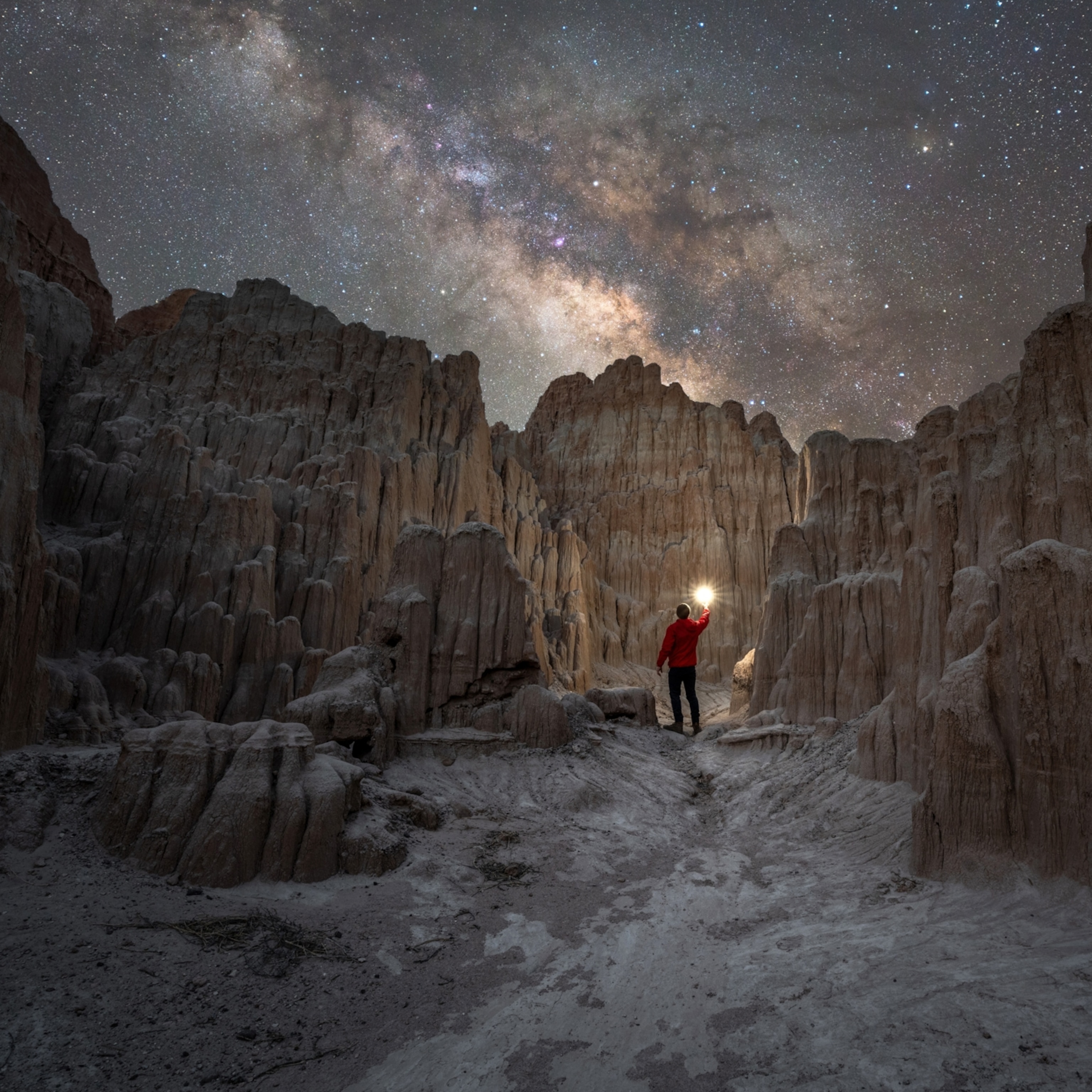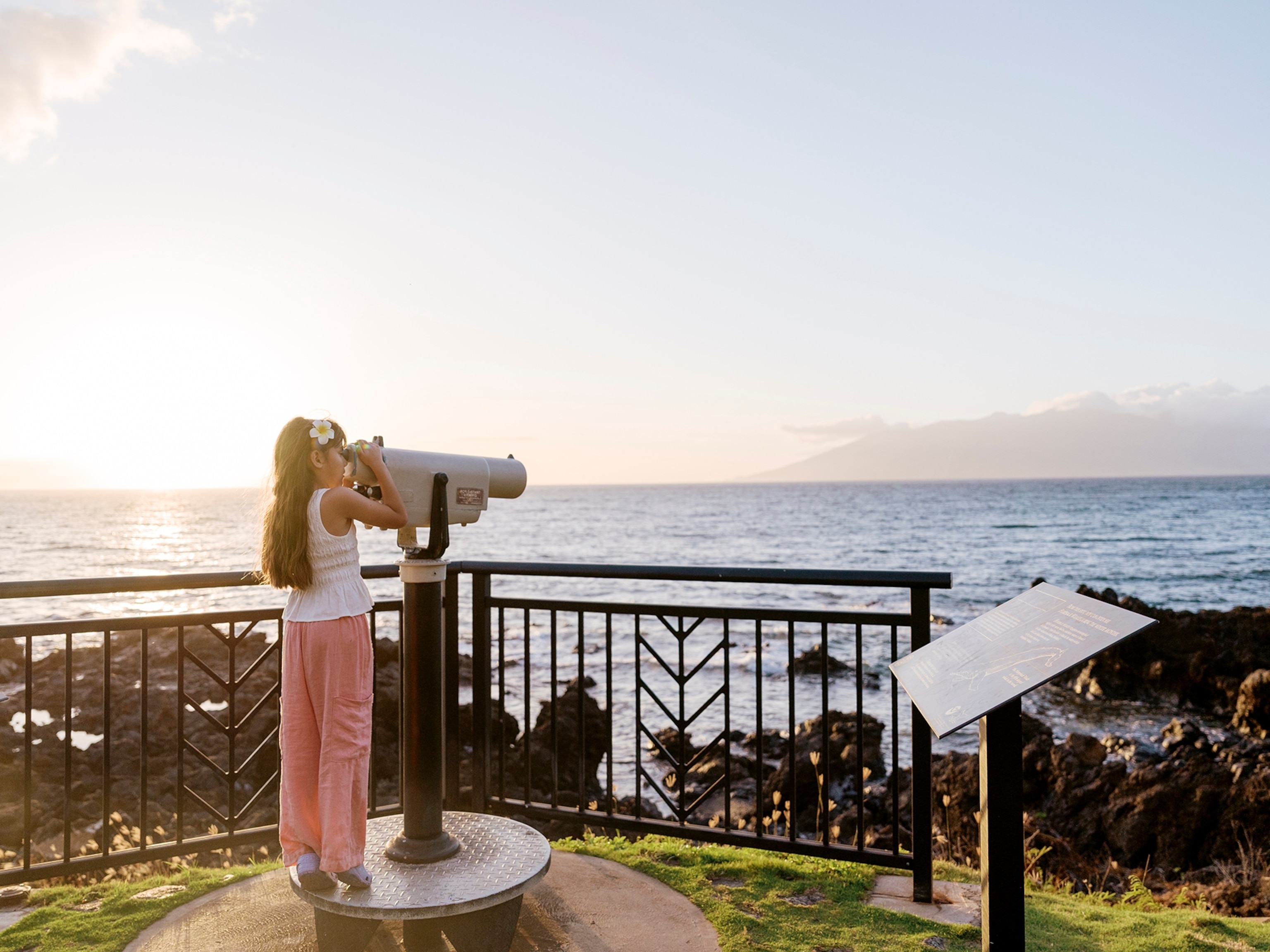
As crowds swell on public lands, visitors learn how to minimize their impact
Trampled vegetation, abandoned campfires, and trash reveal the environmental impact of overcrowding. Here’s how to fix it.
As the coronavirus pandemic canceled or changed most Americans’ travel plans, people flocked to public lands in record numbers—many for the first time. Although these outdoor spaces are a vital haven to visitors trying to cope with the pandemic, land managers are finding that there’s a steep learning curve when it comes to these visitors’ responsible use.
“The visitation that we typically saw on the weekend, we were seeing during the week,” says Lawrence Lujan, a United States Forest Service (USFS) public affairs specialist. “And the visitation that we typically saw during a holiday weekend, like the Fourth of July, we were seeing on weekends.”
With increased use comes increased problems: Public land managers must contend with people hiking off-trail, driving or parking off-road, trampling vegetation, not packing out trash, setting illegal and abandoned campfires, and overcrowding.

This year’s uptick in visitors is going to continue. “Now, we’re getting ready for an expected spike in fall and winter recreation,” says Lujan. Here’s how land managers, faced with a surge of visitors, are working to regulate crowds and minimize their impact.
Heading outdoors
In Colorado’s mountains, an uptick in traffic “seems to be occurring during the weekday, rather than the weekend,” says Lloyd Athearn, executive director of the Colorado Fourteeners Initiative (CFI). The nonprofit organization builds and maintains sustainable summit routes—in addition to its alpine stewardship and education initiatives—in order to minimize hiker impact on the state’s 50-some “fourteeners,” or 14,000-plus-foot peaks.
(Related: America’s neglected hiking trails are more popular than ever—but they’re struggling.)
Collecting data on how many people are in the outdoors is a precursor to understanding how to care for these natural resources. Early data from CFI’s infrared trail counters show that the number of hikers has increased 13.7 percent from 2018 to 2020 on Quandary Peak, Colorado’s most popular fourteener. Even though weekend hiking numbers decreased slightly, summer visitation was higher overall thanks to a midweek increase. “Spreading out the use [to midweek] is probably a good thing,” says Athearn. “But for people who want to go up a mountain and be the only one there, they’re going to have less of a chance.”
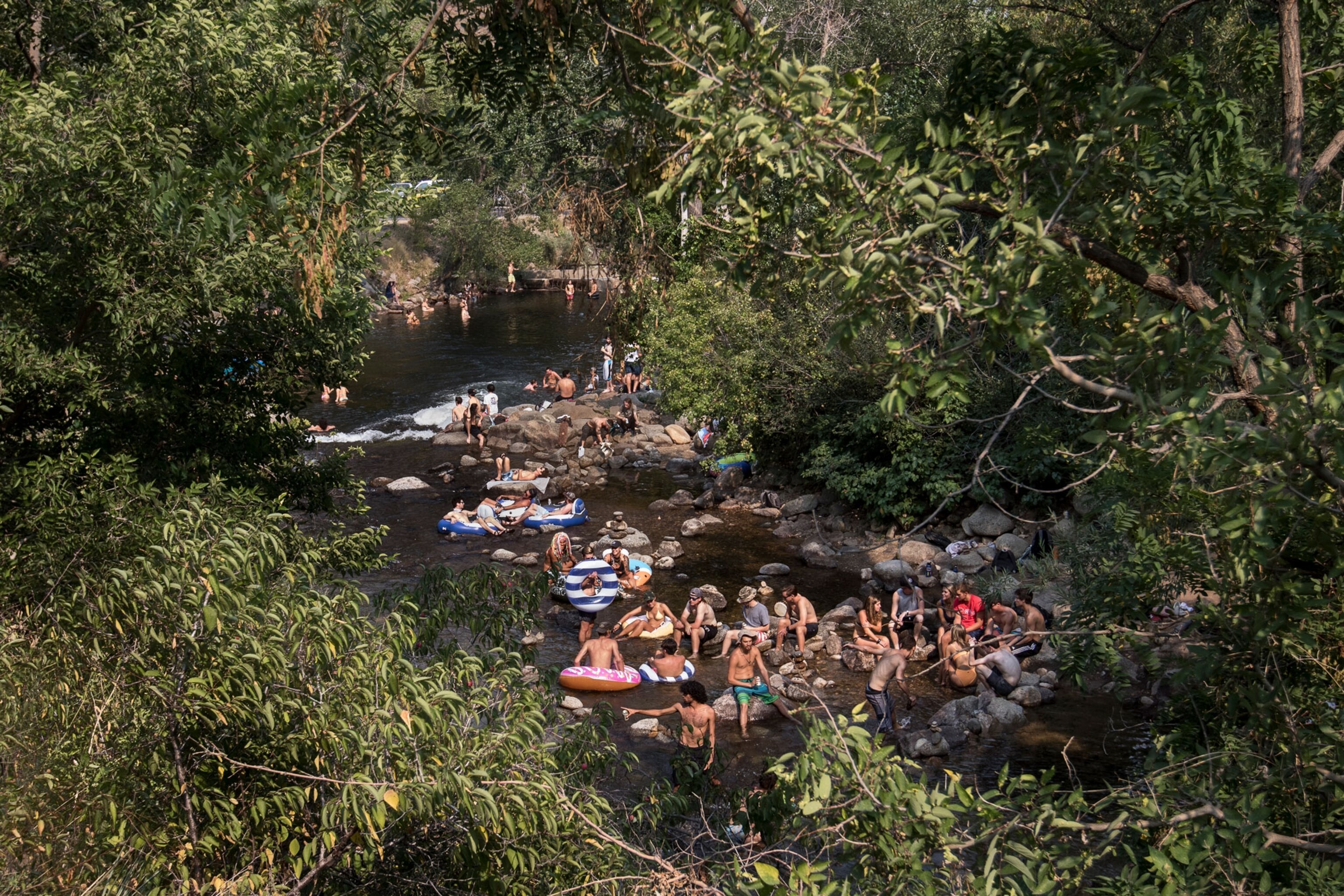
To learn how COVID-19 is changing the recreation landscape, Colorado State University’s Public Lands History Center (PLHC) started a community storytelling endeavor called the Public Landemic Project.
“What can we [learn] from how our community has managed previous natural disasters and pandemics?” asks Ariel Schnee, program manager at the PLHC. “In almost any kind of historical disaster—and I’m thinking specifically about the Dust Bowl of the 1930s—people’s responses to environmental upheaval is to migrate and to change location.”
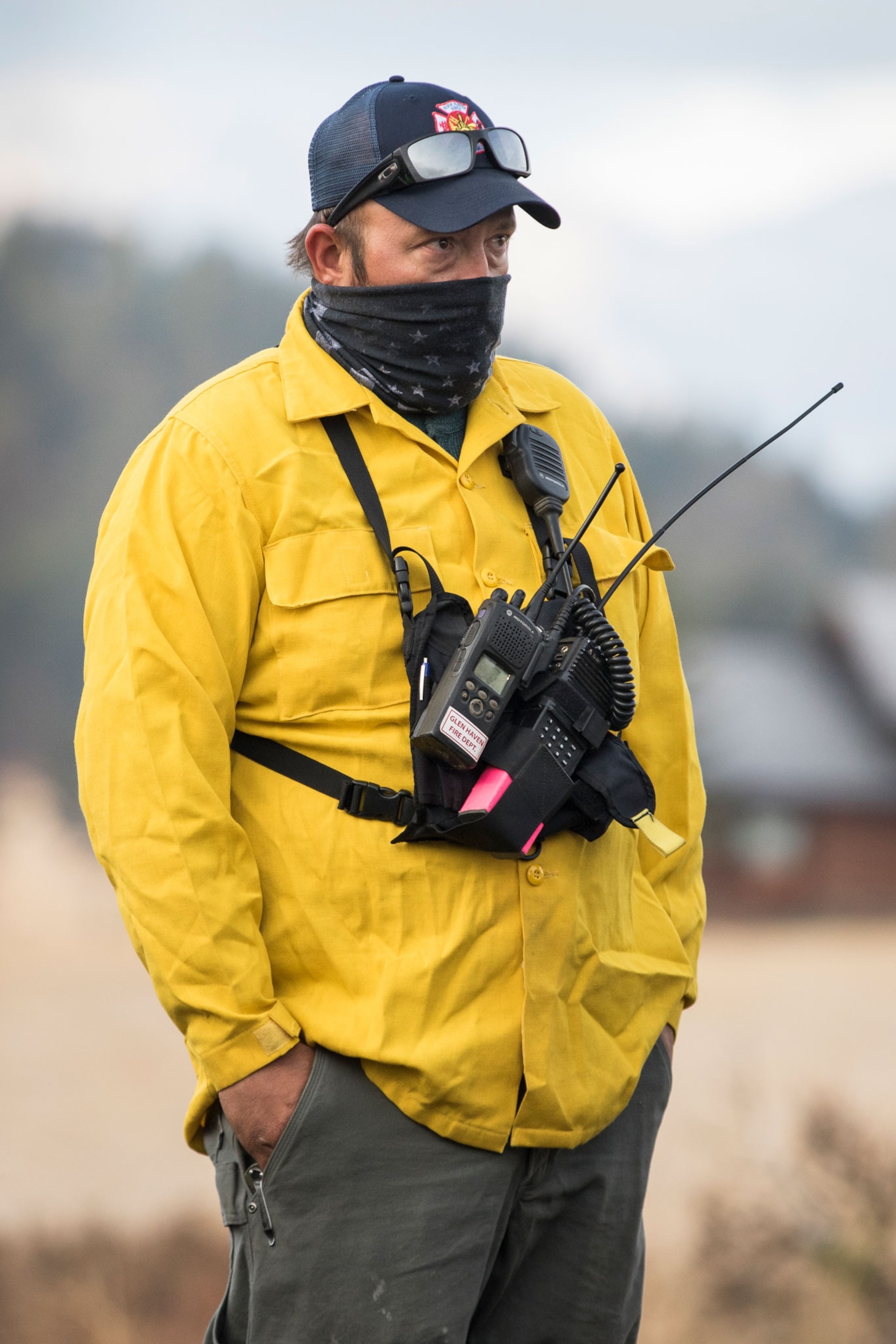
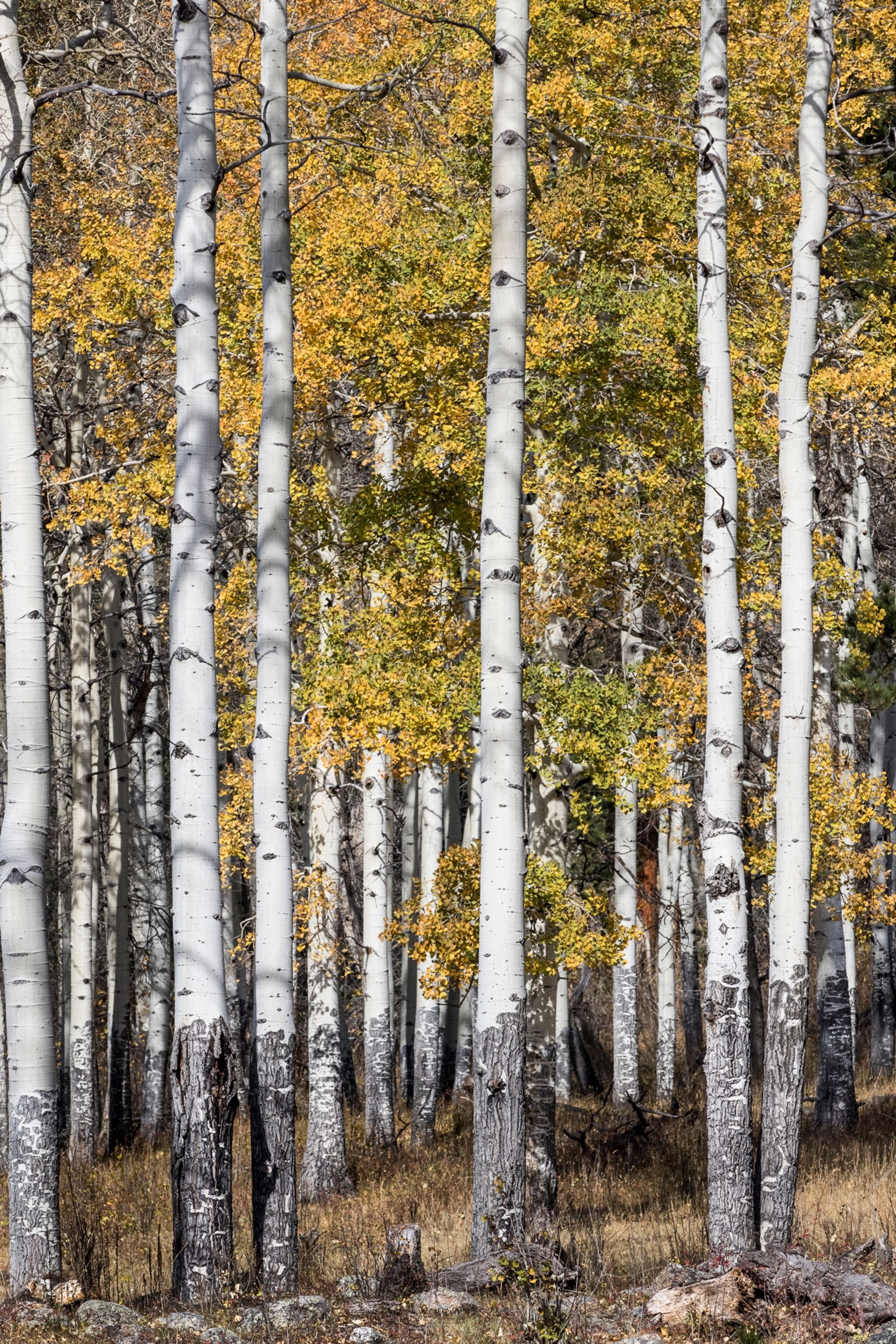
Citing previous research showing outdoor recreation provides humans an essential means of coping during crisis, a recent study in the Journal of Urban Ecology found that urban residents were most directly impacted by the pandemic—and experienced the greatest reduction in access to the outdoors. Many of these urbanites have turned to lesser known public lands—not national parks, but grasslands, forests, and other areas under local, state, or federal administration.
In the long run, Schnee thinks more people will relocate in order to be closer to recreational opportunities that will improve their quality of life. “Public lands are places that people go for solace,” she says.
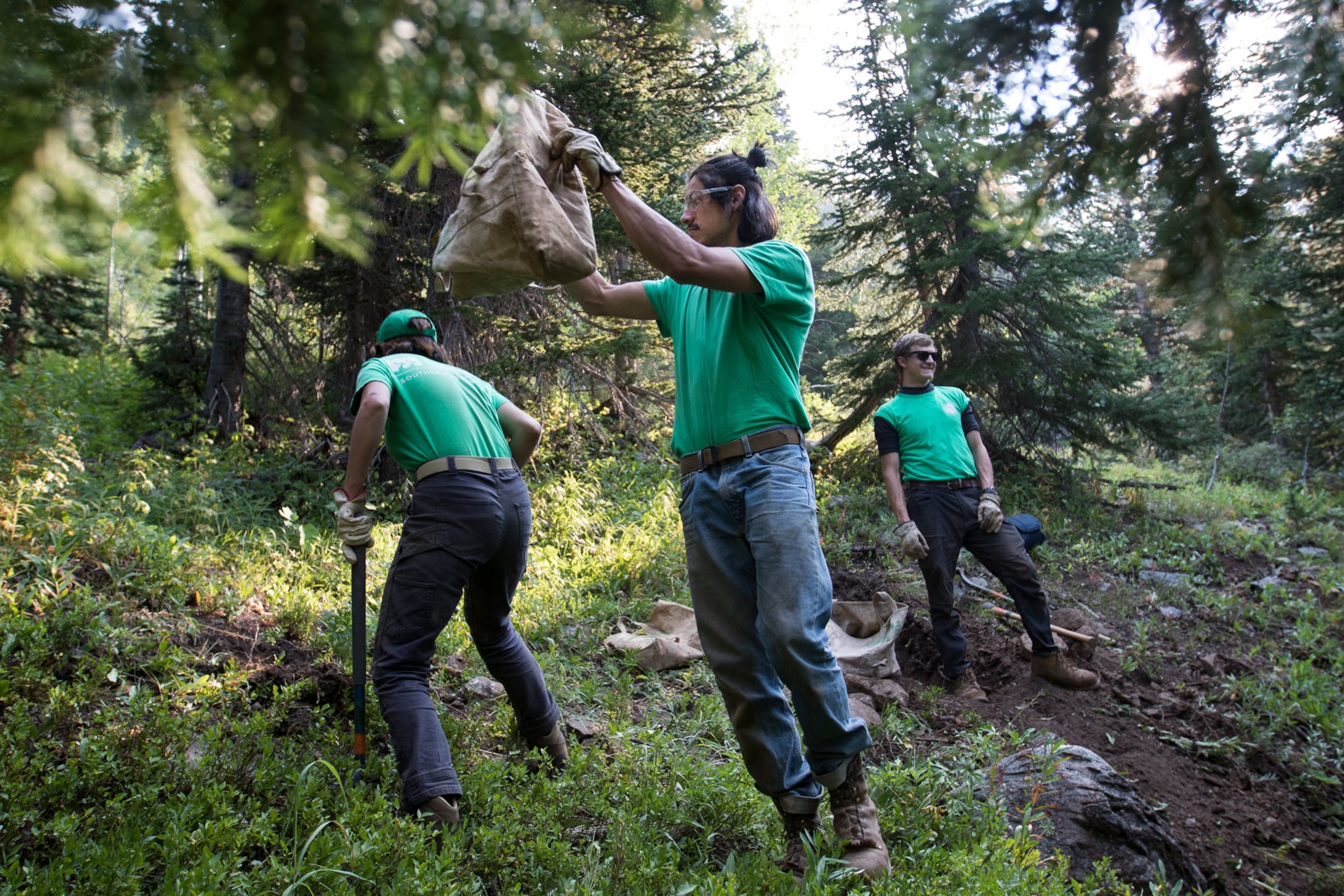
Learning curve
With increased visitation even at traditionally less frequented areas, public land managers at the San Juan National Forest (SJNF) have recognized the need to promote responsible recreation. Their approach? Partnership and education.
“We did try to increase our outreach to first-time visitors,” says Esther Godson, public affairs officer at SJNF. Staffers collaborated with volunteer and stewardship organizations to conduct visitor counts and provide outdoor ethics training.
Increased recreational impacts, or “rec pressures,” have caused a spike in human-induced environmental damage on public lands across the five-state Rocky Mountain region (Colorado, Wyoming, South Dakota, Nebraska, Kansas).


Illegal and abandoned campfires are perhaps the worst effect of some visitors’ lack of stewardship, especially as the West faces severe drought and devastating wildfires. Aside from the damage done by flames—and by far-reaching smoke that can make air unsafe to breathe—fires also shift visitation pressures, possibly overloading some areas when sites are closed and people must go elsewhere.
(Related: Wildfires show how climate change is transforming national parks.)
Partly due to crowding, it has become increasingly popular to camp “dispersed” on public land—to stay outside of developed sites, though still within a designated area. Some visitors wear out their welcome, though. “People wanted to come back to that special spot, so they were leaving their gear. But there are [14-day] stay limits in place,” says Lujan.
Both land managers and outdoor enthusiasts are working to lighten visitors’ impact on public lands. In 2021, Colorado’s South Platte Ranger District—which includes 450,000 acres of national forests and grasslands—will pioneer “designated” dispersed camping to ease rec pressures and avoid conflicts between visitors and private property owners. CFI’s hiking use estimates and “14er report cards,” which grade trails based on maintenance requirements, are resources that help visitors pick the best trail for their needs and educate them on how to avoid contributing to erosion and trail damage.
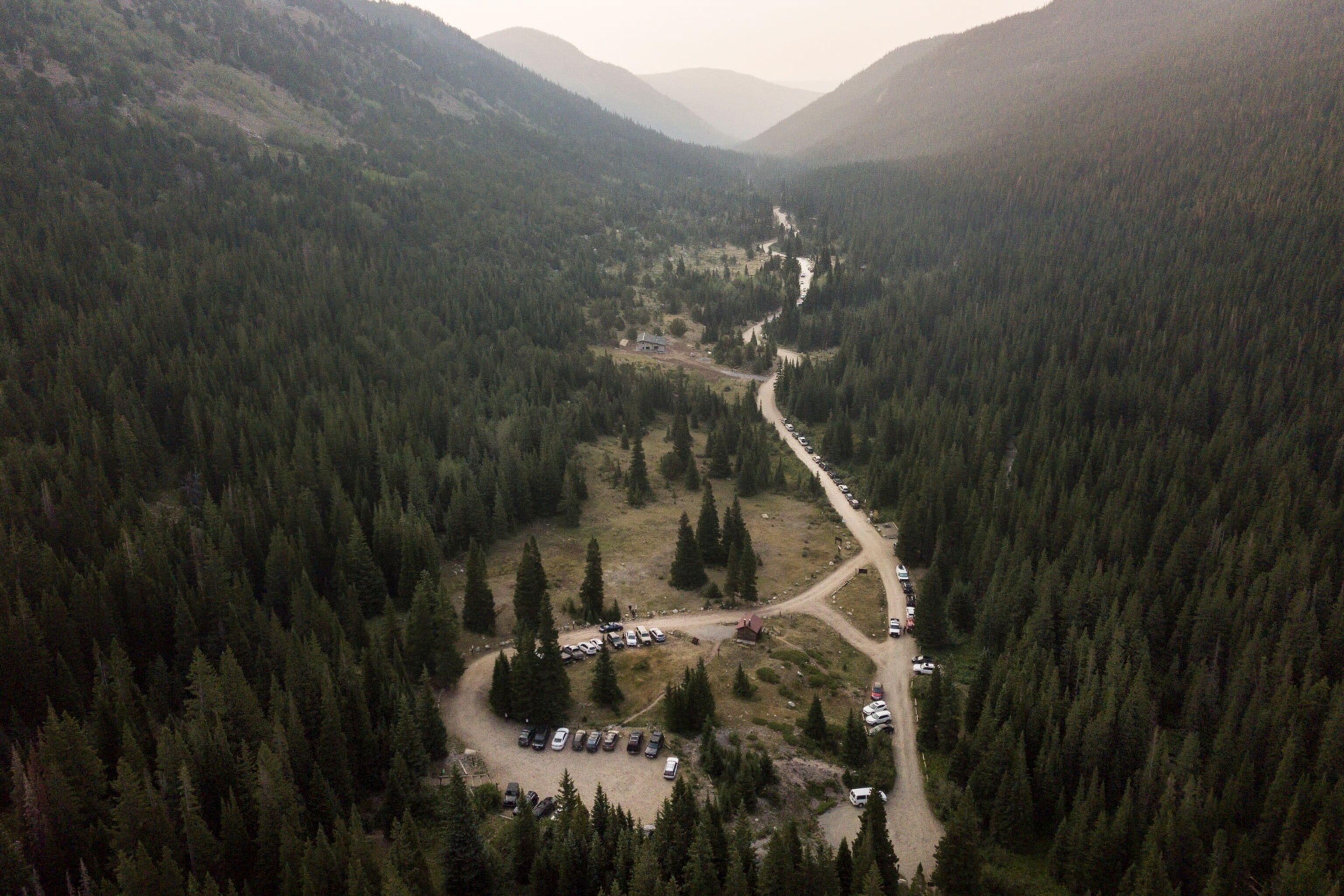
(Related: As people flock to trails, here’s how Ohio is keeping them safe.)
Communicating appropriate outdoor ethics is necessary anywhere, especially when it comes to reducing impacts on fragile alpine ecosystems. Hikers need resources on everything from alpine ecology and Leave No Trace to altitude sickness, appropriate gear, and avalanche safety.
“It’s great that people are coming out to national forests and grasslands,” says Lujan. But “the need for responsible recreation has been something that we’ve been working on all summer.” He describes a USFS program that encourages visitors to “[give] back and [care] for these special places that have been there for us when we needed them this year.”
A future of stewardship
It was a special evening for the Pérez Campos family at Colorado’s Baker Draw Designated Shooting Area. Just a few days before 18-year-old Rodrigo would move out to start his freshman year at Colorado State University, the family of four celebrated their final weekend together by setting up practice targets, donning protective gear, and taking turns firing toward the slate-gray dirt berm in the 25-yard handgun lane.
This summer was their first time using the shooting area, which sits within the Pawnee National Grasslands and is managed by the USFS.
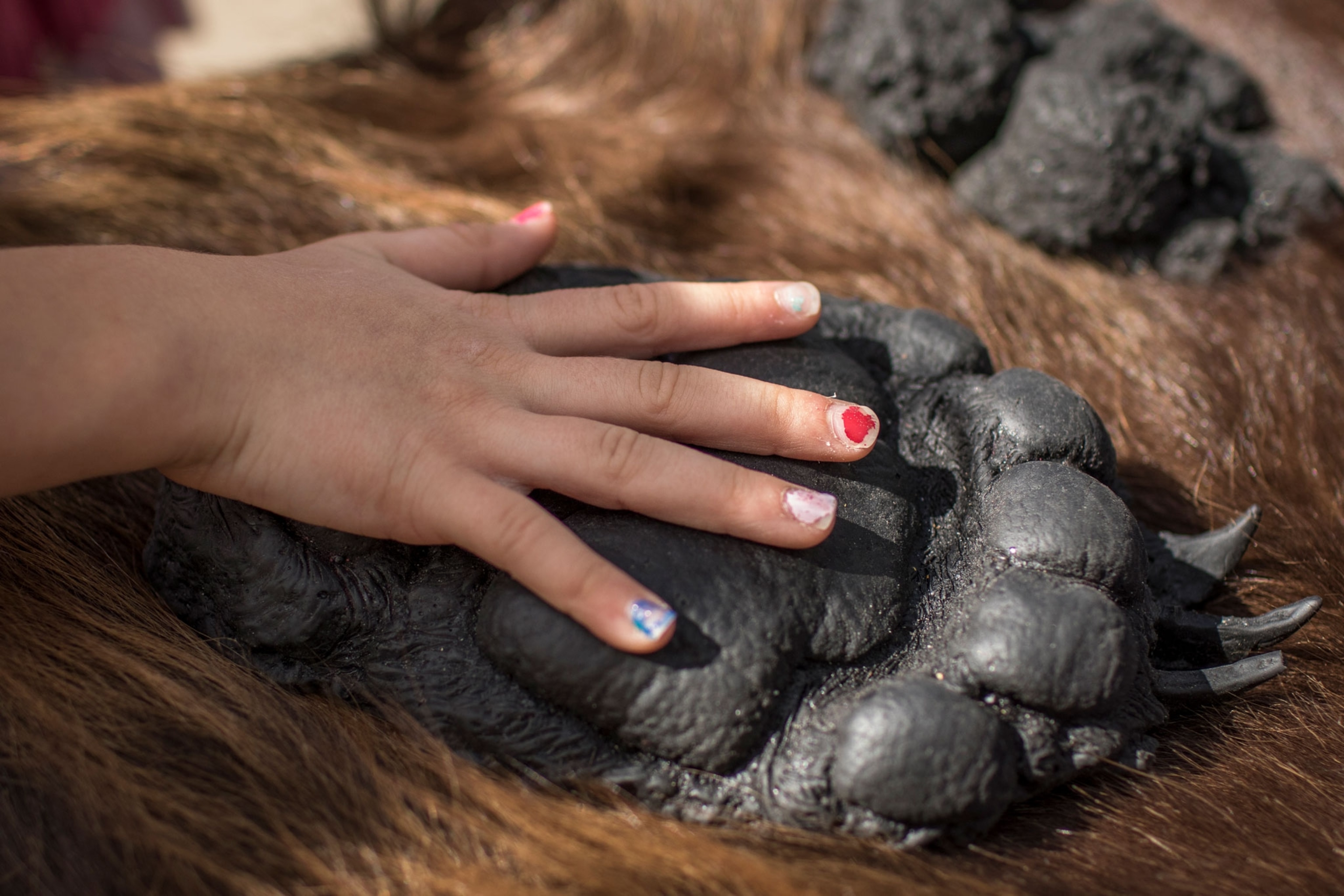
“We always like to do things as a family,” says Elena Pérez, who practices her shooting skills while wearing hot pink earmuffs. Looking for an outdoor activity that could be done away from large crowds—and wanting to build self-defense skills—they enrolled in a gun safety course and invested in shooting equipment. Baker Draw has become their favorite spot: It’s free, open-access, and just an hour from their home.
“We make sure we clean up when we leave,” says Pérez, holding target trash in her hands that her family did not create. “As long as people respect and clean their area when they are done, that will allow [this shooting range] to continue to be free.”
(Related: Avoid crowds at the 10 least crowded U.S. national parks.)
For the newest users of public lands, it often takes time to build a meaningful connection, Athearn says. He describes an “acquisition phase,” where one starts to appreciate recreational pursuits, identifies favorite places and activities, and develops a sense of personal responsibility for protecting these outdoor spaces.
Athearn is hopeful that, since “our public lands are now providing [first-time visitors] great enjoyment and mental and physical health,” these visitors’ introduction to the outdoors this summer will transform them into active stewards—volunteers, donors, and activists—in years to come.








